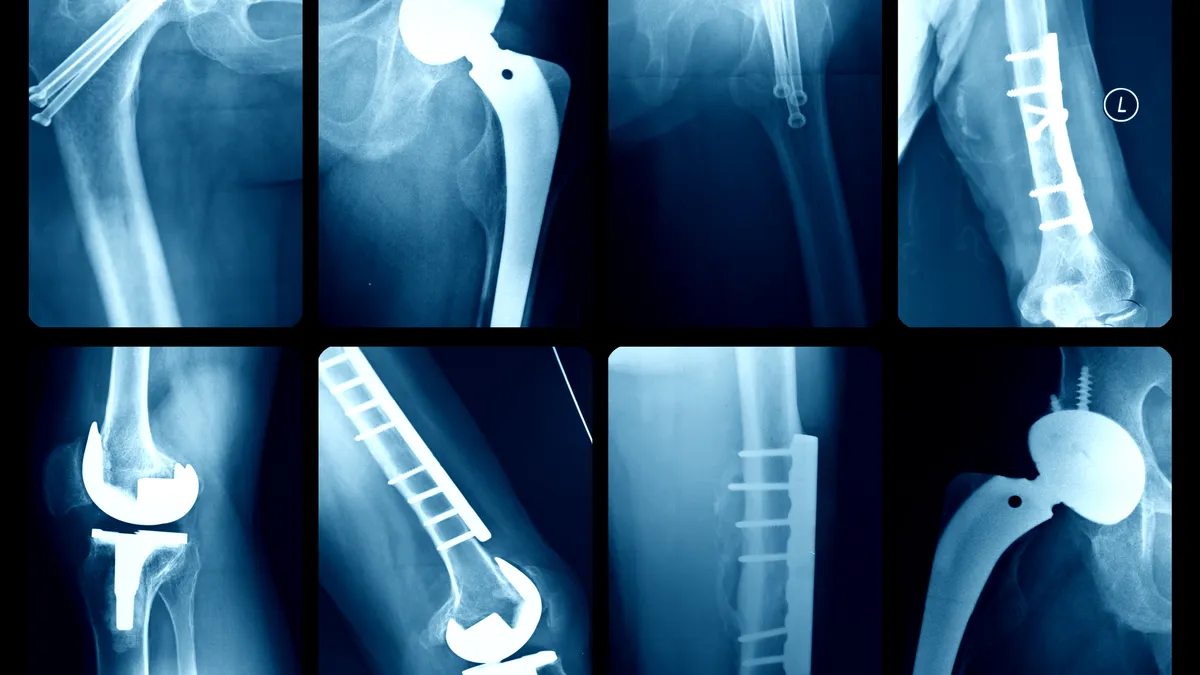The medical device industry is set up for an eventful year after weathering numerous challenges for the past four years due to the COVID-19 pandemic and other macroeconomic factors.
Last year, device companies found some stability as those pressures eased, procedure volumes grew and supply chains improved. Early fourth-quarter reports have suggested a solid end to 2023, and a more stable environment heading into 2024.
Experts laid out a list of key trends to watch for the medtech industry this year, including a more active M&A environment. After a handful of deals announced in the final months of 2023, Boston Scientific already kicked this year off with its $3.7 billion acquisition of Axonics. The industry’s two-year-long slowdown in deals may not continue.
Several Wall Street analysts also pointed to pulsed field ablation (PFA) as an emerging market to watch this year. Medtronic announced the first Food and Drug Administration approval for a PFA system in December, and Boston Scientific recently said it got the green light for its system, launching what is expected to be a competitive space for the next several years as other top companies join them.
Analysts are closely monitoring procedure volumes, a concern throughout the COVID-19 pandemic as surgeries plummeted. Specifically, will volumes return to, or grow above, historic levels? Healthcare giant Johnson & Johnson said on a January earnings call it expects procedure volumes to grow above pre-pandemic levels for all of 2024, signaling a positive trend for the sector overall.
There is also a question as to whether procedure backlogs built up during the pandemic will continue to boost businesses. While backlogs may not be as robust for categories like cardiac surgery, orthopedics companies, including Stryker and Zimmer Biomet, may continue to get some help in hip and knee replacements.
Here is MedTech Dive’s collection of articles breaking down the most important trends shaping the industry in 2024:














